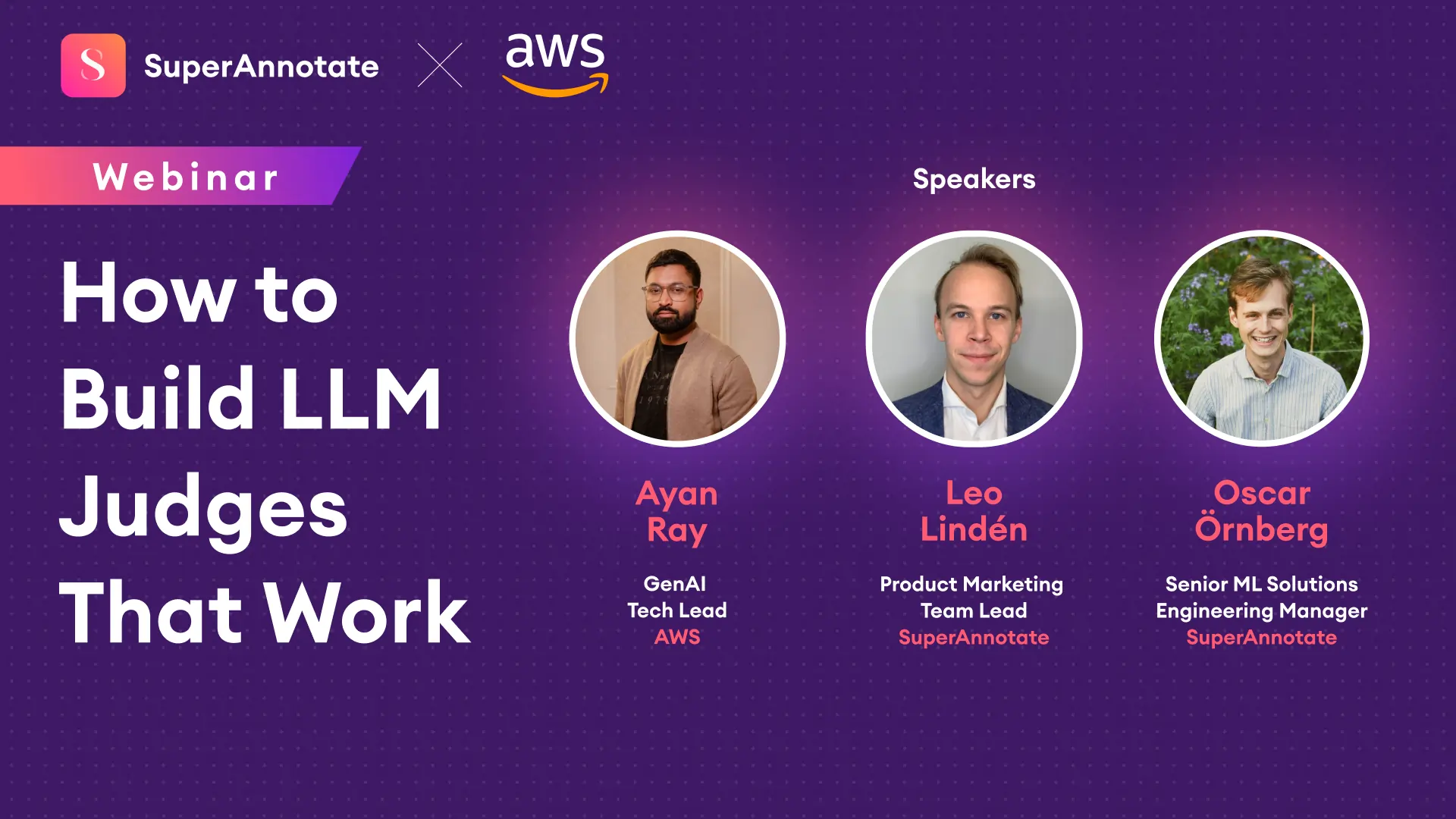OCR is a technology that recognizes and extracts digital or handwritten text from an image, video, or scanned document and turns it into machine-readable text. So, instead of processing texts one by one, which takes up a lot of time and resources, you can use OCR to speed up the process, all while guaranteeing data entry accuracy.
For this reason, we have organized a webinar that goes over everything you need to know about the history of OCR, how it works, its applications and challenges, and more.
Quick history overview
The history of OCR started earlier than you think. Machines that could scan pages and transform the patterns into sounds existed in the early 20th century.
However, the history of the modern OCR started in the 1960s, when OCR A and OCR B were introduced. Specialized fonts were invented for machines to read and parse easily using key points on the letters. These fonts are still used in passports today.
In 1974, the computer scientist Ray Kurzweil developed an OCR product to detect and recognize text in any font. This was a major breakthrough in the field of OCR.
Thanks to this, OCR became widely popular in retail and was used to read price tags in the 1980s, which led to barcodes becoming a standard for retail uses in 1987 and until today.
Now that you have a general understanding of the history of OCR, how does it work today?
OCR today
Modern OCR can be broken down into two parts: text detection and text recognition.
- Text detection is the process of locating text in an image, video, or scanned document and then enclosing it with a bounding box.
- Text recognition is the process of parsing and understanding the identifying text - taking it from pixels on an image and transforming it into letters or numbers on a computer that can be processed automatically.
OCR applications
Chances are you’ve already benefited or even used OCR. Here are some of its applications.
Parking lots
In many parking lots, you can enter your license plate into an app and pay using your card. Parking attendants can then scan the license plate with their phone using OCR.
Standardized tests
Standardized tests used for university admissions, such as the Cambridge exams, use OCR to grade exams automatically. This saves time and money, allowing university applicants to receive their scores sooner.
Historical research
Scanning and digitizing historical archives and making them searchable makes research easier since researchers don’t have to physically go to libraries that are far away or in a different country.
OCR challenges
As much as OCR helped us advance many industries, it still faces challenges.
- Tricky training - Training OCR algorithms can be tricky because there can be different issues. It can be low data quality, or the data can’t be accessible or challenging to get your hands on.
- Ambiguous data - The data is not always clear and easy to label.
Manual work - Building an OCR model requires manually labeled data, which takes time and resources.
SuperAnnotate and OCR
SuperAnnotate provides a range of features to enhance the OCR data annotation process. One of these features is the Magic Box, which uses OCR technology to extract and process digital or handwritten texts from images, making text extraction and document digitization more efficient and accurate.
Ready to power your innovation with AI? Then watch the webinar below.




